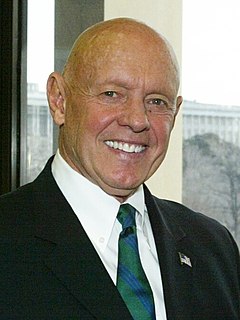A Quote by William Vickrey
The supply-side effect of a restrictive monetary policy is likely to be perverse, in that high interest rates enter into costs and thus exert inflationary pressure.
Related Quotes
By keeping labor supply down, immigration policy tends to keep wages high. Let us underline this basic principle: Limitation of the supply of any grade of labor relative to all other productive factors can be expected to raise its wage rate; and increase in supply will, other things being equal, tend to depress wage rates.
A higher IOER rate encourages banks to raise the interest rates they charge, putting upward pressure on market interest rates regardless of the level of reserves in the banking sector. While adjusting the IOER rate is an effective way to move market interest rates when reserves are plentiful, federal funds have generally traded below this rate.
































